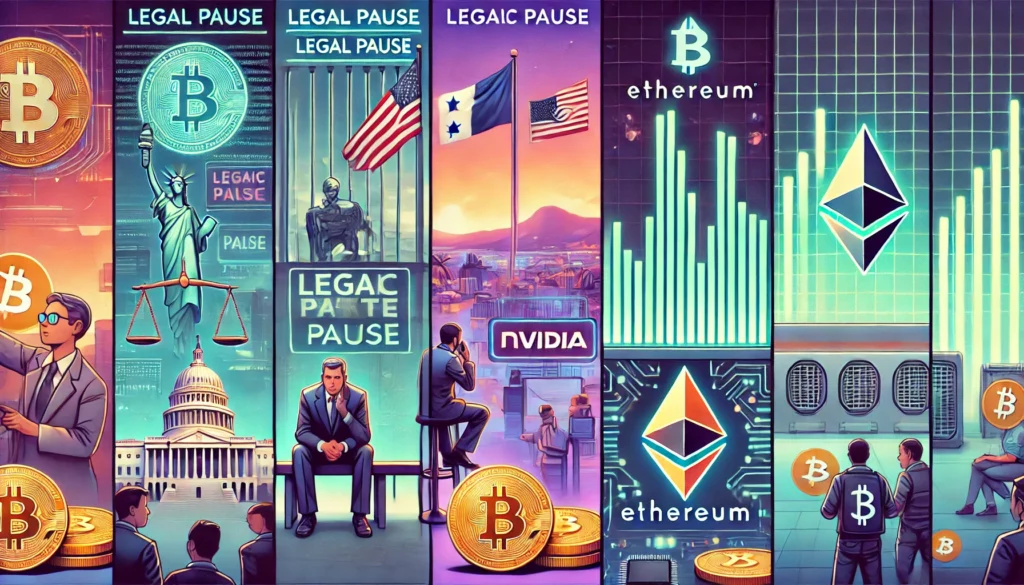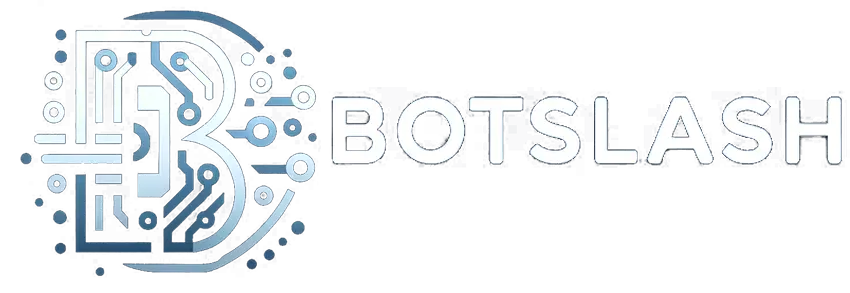5 Important Crypto News: Regulation Shift, City-Level Adoption, Market Jitters & Mining-AI Crossover – BotSlash Daily Crypto News Analysis

From a quiet regulatory pause to international expansions and tech synergies, today’s crypto headlines cut across legal strategy, public service innovation, and real-time market sentiment. Republican-led states have hit pause on their legal battle with the SEC, signaling a possible turn toward compromise in crypto oversight. Meanwhile, Panama City is embracing Bitcoin and Ethereum for […]
5 Important Crypto News: Tokenization, Bitcoin ETPs, USDC in Japan, and Regulatory Wins – BotSlash Daily Crypto News Analysis

The crypto market is buzzing with institutional momentum and evolving regulations, as seen in today’s top stories. A U.S. bank has launched a stablecoin on Ethereum, breaking new ground in financial tokenization. Meanwhile, Bitcoin edges closer to the $90K mark, propelled by bullish sentiment and ETF inflows. In Asia, Taiwan has proposed comprehensive crypto legislation, […]
7 Important Crypto News: FOMC-Induced Volatility, SEC’s Crypto Roundtable, North Carolina’s Bitcoin Bill & More – BotSlash Daily Crypto News Analysis

Regulatory shifts, institutional trends, and economic policies continue to shape the cryptocurrency landscape. With the Federal Reserve’s FOMC decision expected to drive price swings in Bitcoin, Ether, and Solana, traders are bracing for volatility. Meanwhile, the SEC’s first cryptocurrency roundtable signals a possible shift toward clearer regulations, and North Carolina is exploring Bitcoin as a […]
7 Important Crypto News : SEC Ends OpenSea Probe, Bybit Hack, Market Volatility, FBI’s Bitcoin-Friendly Director, Fund Outflows, BTC Holders Strategy, Metaplanet’s Big Buy – BotSlash Daily Crypto News Analysis

Regulatory shifts, security breaches, and institutional investments have driven major developments in the crypto space this week. The SEC’s decision to drop its probe into OpenSea has eased concerns in the NFT sector, while Bybit’s $1.5 billion hack has sparked renewed scrutiny on exchange security. Market volatility remains high, influenced by tariff-related economic uncertainty, impacting […]
6 Improtant latest Crypto News : SEC Drops Coinbase Lawsuit, BNB Chain’s Smart Contract Wallets, Bybit Hack Fallout, Altvest’s Bitcoin Adoption, ECB’s Wholesale CBDC Push : Botslash Daily Crypto News Analysis

The cryptocurrency market is seeing dynamic shifts across multiple fronts, with key regulatory actions and technological advancements shaping its future. From the U.S. SEC’s reversal on a major lawsuit against Coinbase, to BNB Chain’s upcoming hard fork aimed at enhancing smart contract capabilities, the industry is in a state of flux. Additionally, the aftermath of […]
7 Latest Crypto News : Hong Kong’s Crypto Strategy, U.S. Bitcoin Investments, Market Liquidity Concerns & Trump’s Tariff Impact :Daily Crypto News Analysis

The crypto landscape continues to evolve as institutional interest in bitcoin grows, regulatory approaches shift, and macroeconomic factors shape market movements. Hong Kong’s deliberate approach to crypto regulation is positioning the city as a future hub for digital assets, while Florida’s proposed bill to allow Bitcoin investments in public funds could accelerate state-level adoption in […]
Crypto Daily News Analysis: Bitcoin Adoption Soars, BlackRock ETP in EU ETF Inflows Surge, Liquidity Crisis Looms, Stablecoins Rise, and Gold-Backed Cryptos Gain Momentum 10 important news

Institutional adoption of Bitcoin is accelerating, with BlackRock set to launch a Bitcoin ETP (Exchange-Traded Product) in Europe, further cementing BTC’s role in traditional finance. Meanwhile, companies like Semler Scientific are adding millions in Bitcoin to their treasuries, reinforcing BTC as a strategic asset. In the U.S., spot Bitcoin ETF inflows have surged 175% […]
Rising Liquidity, Bitcoin Resilience, Cardano’s Governance Shift, Ripple’s Stablecoin Growth ,Hong Kong’s SFC revoked crypto licenses & Czech Republic’s Bold BTC Move : 6 Crypto Market Surge

. The rising M2 money supply signals potential asset inflation, which could fuel Bitcoin’s price growth. Meanwhile, Bitcoin remains stable despite concerns around DeepSeek, showcasing the market’s increasing maturity. In the blockchain ecosystem, Cardano is making a bold move towards full decentralized governance, while Ripple’s RLUSD stablecoin secures new listings with a transparent reserves report. […]
6 Powerful Crypto Shifts: BlackRock’s Tokenization Push, Coinbase’s Legal Battle, Tron’s Bold Move, and More

From BlackRock’s ambitious push for blockchain tokenization to Coinbase’s legal battle over crypto classification, the industry is navigating a critical period of transformation. On the global stage, compliance initiatives like MiCA and innovation-driven efforts by projects like Tron reflect a sector striving for mainstream acceptance while grappling with challenges like misuse and regulatory uncertainty. Let’s […]
Crypto 2025: Regulation, Accumulation Trends, Privacy Battles, Public Listings, and Political Ties Redefine the Industry

The cryptocurrency landscape is undergoing significant transformations as regulation tighten, institutional investors accumulate digital assets, privacy-focused platforms fight for legitimacy, and companies seek public listings to gain trust and capital. In parallel, politics plays a pivotal role, with the U.S. SEC introducing task forces to regulate crypto markets and controversial links between high-profile figures and […]

